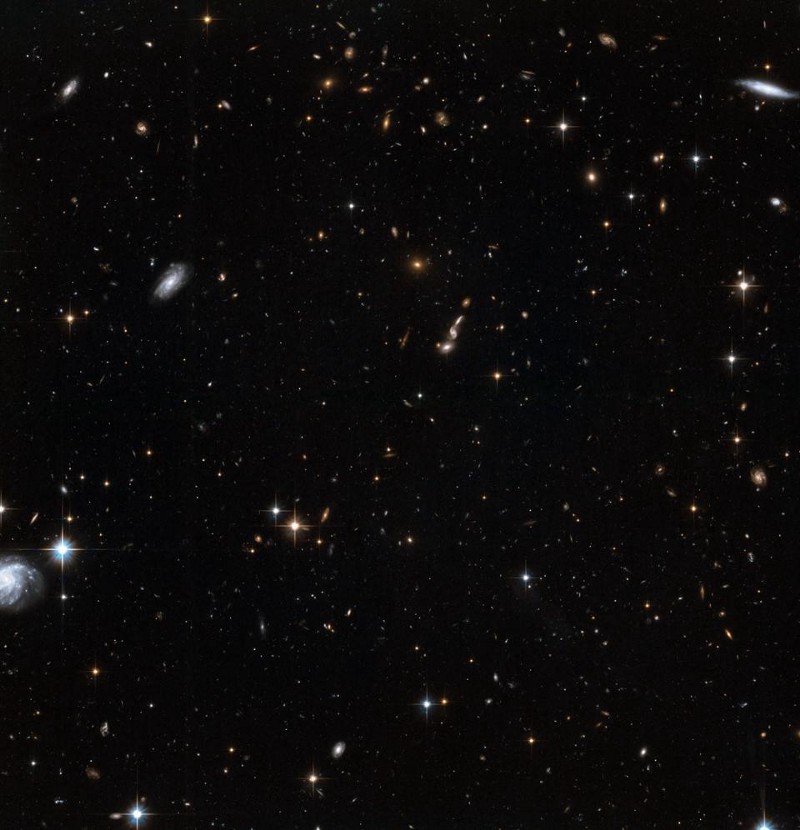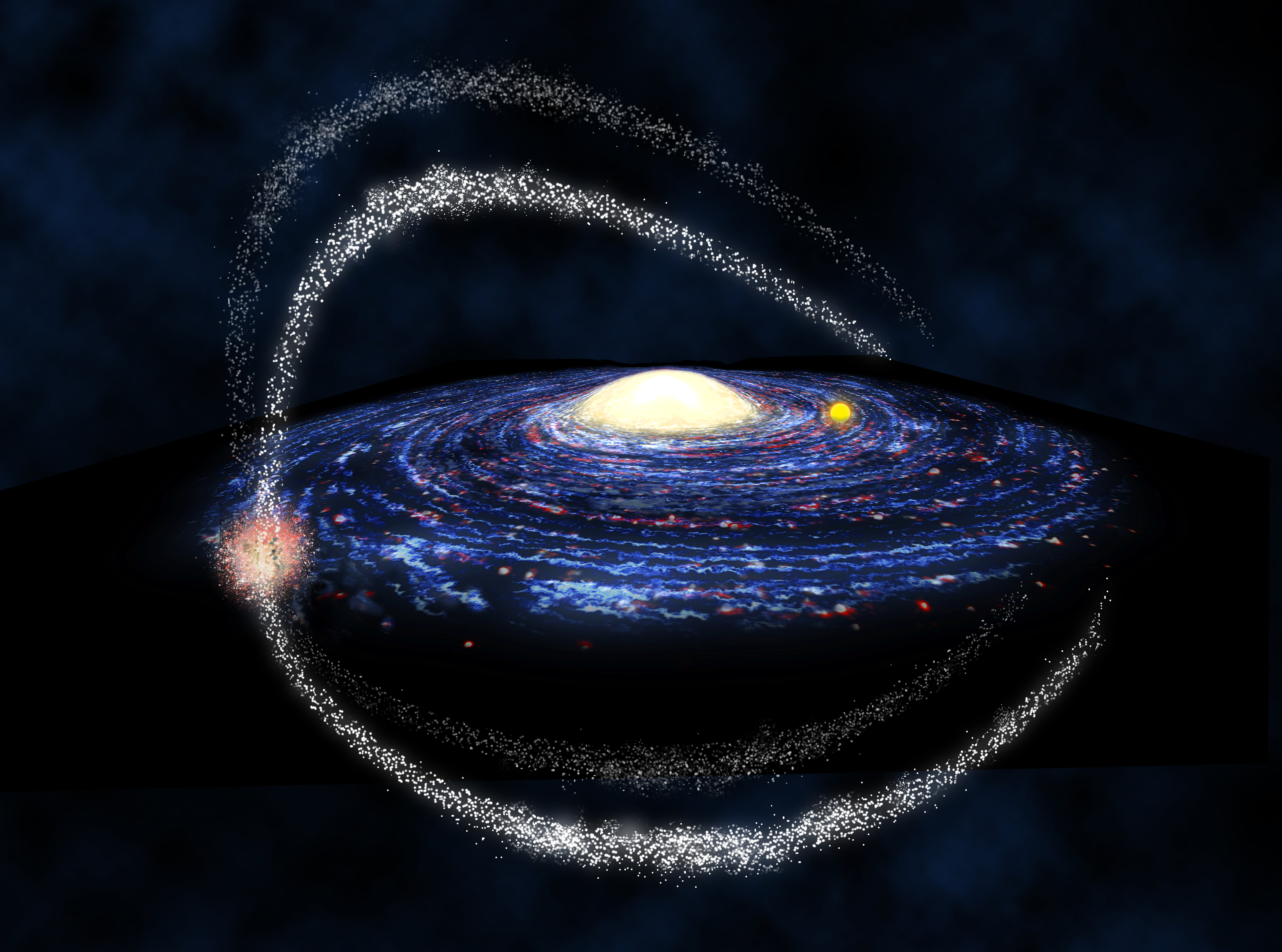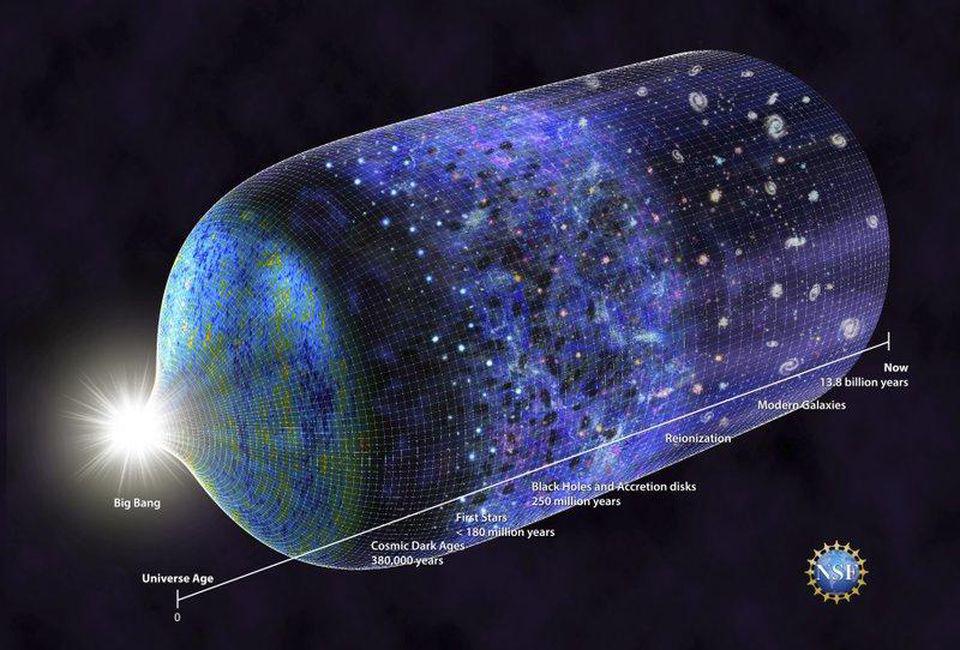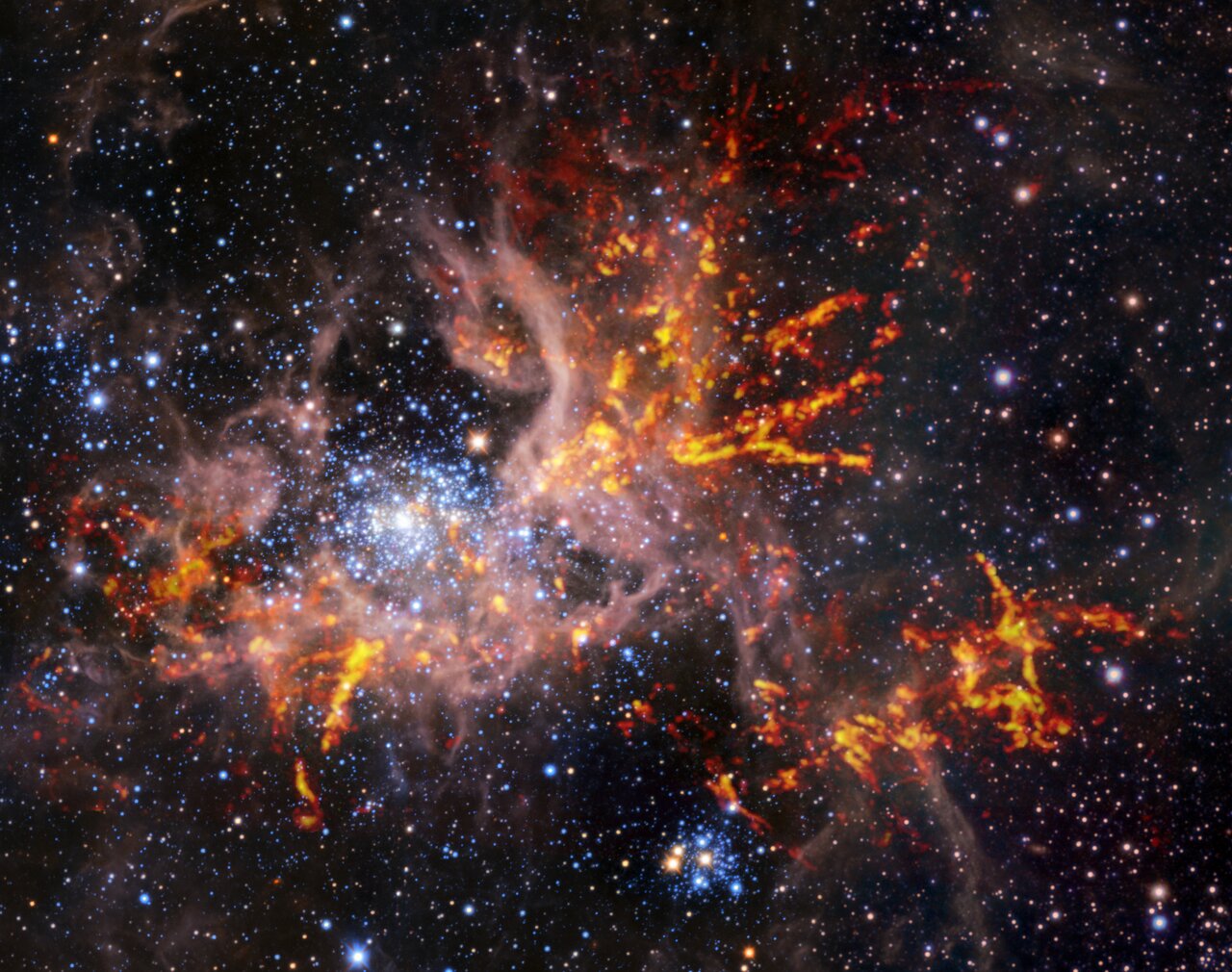Why the “Methuselah Star” does not disprove the Big Bang
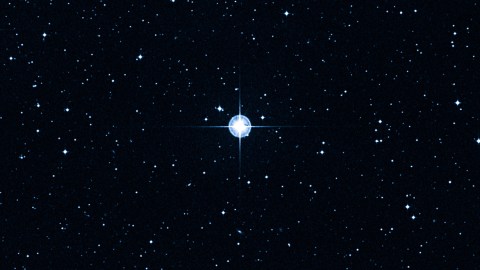
- The Universe is thought to be 13.797 billion years old, with an uncertainty of ±0.023 billion years.
- In 2013, a measurement of the “Methuselah Star” suggested that it is 14.45 billion years old — older than the age of the Universe. Critics of the Big Bang have seized upon this as evidence that the theory is wrong.
- But the uncertainty of the 14.45 billion-year figure is ±0.8 billion years, meaning the star could be as young as 13.65 billion years. Another study indicates that the star could be about 12 billion years old. As of now, the Big Bang theory remains intact.
The vast majority of astronomers accept the Big Bang — the theory that the Universe began about 13.8 billion years ago in a fiery cataclysm. However, this idea is not accepted by everyone. Some Big Bang skeptics claim that the Universe is about 6,000 years old, while others claim that the Universe is eternal. Despite their disagreement with each other, they both agree that the theory of the Big Bang is wrong, and one observation they point to is the existence of stars with an estimated age that is older than the Universe itself. If such a star existed, indeed, it would be a death knell for the Big Bang.
The “Methuselah Star”
HD 140283, more colorfully called the “Methuselah Star,” is most certainly old and is generally accepted to be one of the oldest known stars. A paper published in 2013 estimated its age to be 14.45 billion years old, with an uncertainty of ±0.8 billion years. This is older than the most precise estimate that we have for the age of the Universe, 13.797 ± 0.023 billion years.
While the Methuselah Star is not unique (meaning that there are other stars that are similarly old), it is the oldest star for which the quoted uncertainty is relatively low, and thus it is considered by those individuals who disbelieve the Big Bang as supplying the strongest case against the theory.
A star is born
Astronomers believe that HD 140283 is old because the star has a very low “metallicity.” Metallicity, for astronomers, is a measure of the percentage of the chemical makeup of a star consisting of elements other than hydrogen and helium.
When the cosmos began, the Universe consisted nearly entirely of hydrogen (75%) and helium (25%), with a tiny trace of heavier elements (~0.01%). (Those percentages reflect the mass content; when simply counting atoms, hydrogen was 92% and helium 8%.) This also was the elemental composition of the earliest stars, which formed perhaps as early as 100 million years after the Big Bang. These stars, which astronomers call Population III stars, were much heavier and brighter than the Sun, and in their hearts, stellar fusion cooked the first types of heavier elements. Population III stars lived only a few million years before exploding in supernovae, which blasted their heavier elements across the cosmos.
The heavy elements mixed with hydrogen and helium gas, forming Population II stars, and the process repeated itself again, with these later supernovae adding even heavier elements to the cosmos. The result was Population I stars, which have a relatively high composition of heavier elements. Our Sun is a Population I star.
However, the Methuselah Star is a Population II star: a cosmic relic from the very birth of the Universe. It has far less oxygen and iron than, for example, our Sun. Astronomers use a combination of a measurement of the brightness of the star, the observed percentages of non-hydrogen and non-helium elements, and sophisticated models of stellar evolution to determine the star’s age. And, as mentioned previously, in 2013, astronomers estimated an age older than the Universe. So, is this a real problem? Is HD 140283 a death knell for the Big Bang?
Uncertainty matters
No. For one, other calculations of the star’s age suggest that it is younger. One estimate in 2015 suggests an age of 13.7 ± 0.7 billion years, while an estimate in 2021 suggests an even earlier age of 12 ± 0.5 billion years. The fact that different scientists estimate such a range of ages means that the discrepancy is much ado about nothing.
And even if the seemingly problematic 2013 estimate were 100% reliable, we need to be cautious. Most importantly, we must not just compare the point estimate for the age of the star with that of the Universe (that is, 14.45 vs. 13.797 billion years), but we must also consider the uncertainties. The uncertainty for the estimate of the age of the Methuselah Star is ±0.8 billion years, meaning the actual age of the star is somewhere between 13.65 and 15.25 billion years. (More technically, there is a 70% chance that the actual age of the star is within that range, and a 30% chance that it is outside of it. This further means that there is a 15% chance that the actual age of HD 140283 is less than 13.65 billion years.)
While the 2013 estimate of the Methuselah Star’s age suggests that it could be older than the Universe, the fact that this estimate is also consistent with the star being younger than the Universe is why the scientific community does not find it to be a problem. It is only an issue among those who want to disprove the theory of the Big Bang.
